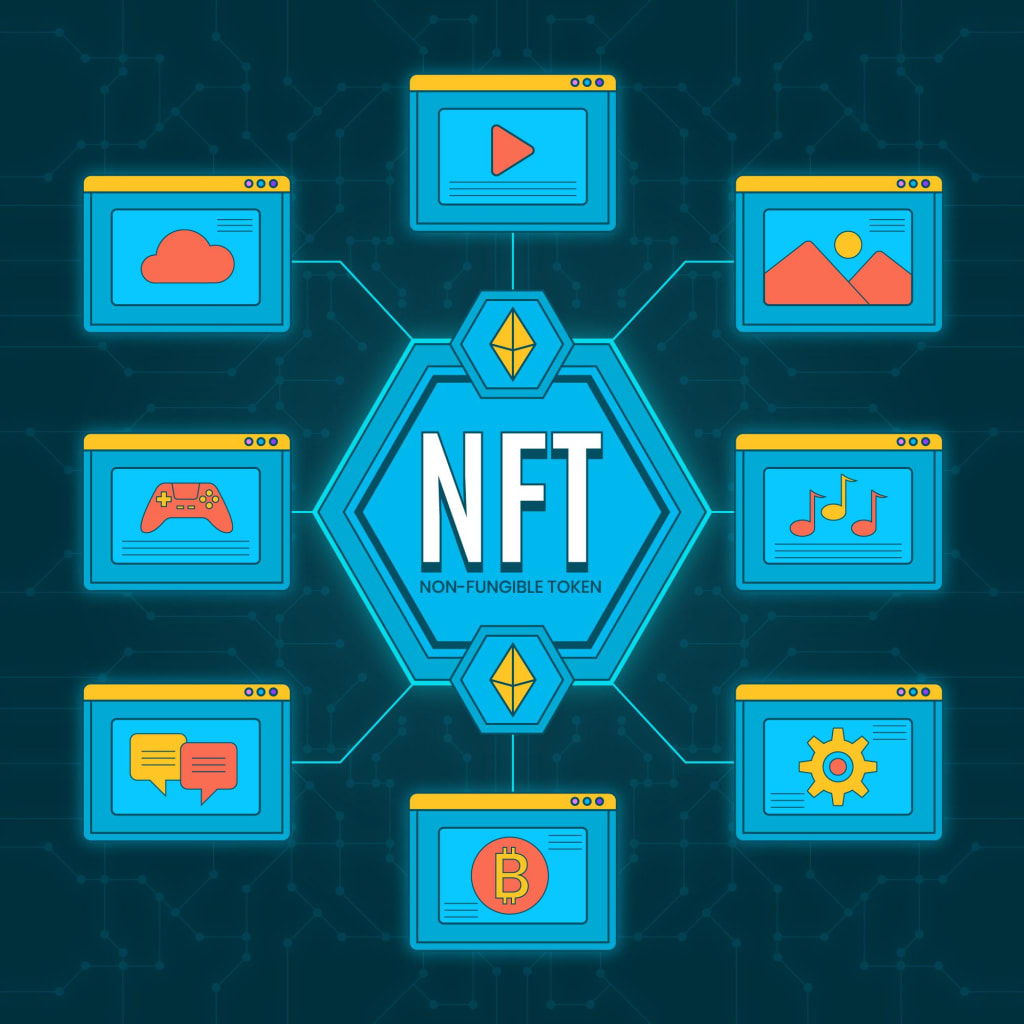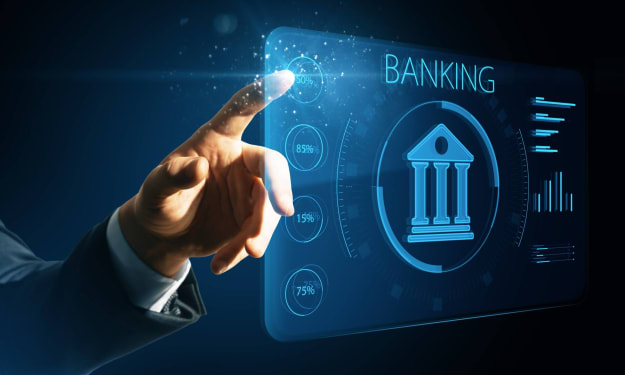Unveiling NFT 2.0: The Next Level of Innovation and Interactivity
NFT 2.0

In recent years, Non-Fungible Tokens (NFTs) have emerged as a groundbreaking innovation in the digital world, revolutionizing the way we perceive and interact with digital assets. NFTs provide a unique way to prove ownership and authenticity of digital content, such as artwork, music, videos, and even virtual real estate. However, as technology evolves, so does the concept of NFTs. Enter NFT 2.0, a new era of NFT s that promises even more innovation and interactivity for creators and collectors alike. In this article, we will explore the exciting features and possibilities of NFT 2.0.
Enhanced Interactivity through Smart Contracts
One of the key advancements in NFT 2.0 is the integration of smart contracts, which enable enhanced interactivity and functionality within NFTs. Smart contracts are self-executing contracts with predefined rules encoded into them. In the context of NFTs, smart contracts allow for dynamic and interactive experiences associated with the tokenized assets. For example, an NFT 2.0 artwork can have embedded code that enables interactive elements, such as animations, sound effects, or even mini-games. This level of interactivity adds a new dimension to the digital art world, making the ownership of NFTs a truly immersive and engaging experience.
Fractional Ownership and Royalties
NFT 2.0 brings another exciting feature to the table – fractional ownership. With fractional ownership, NFTs can be divided into smaller units, allowing multiple individuals to collectively own a single token. This opens up new possibilities for investment, as it enables people to purchase a fraction of a high-value NFT, even if they cannot afford the whole piece. Fractional ownership also introduces the concept of royalties. Artists and creators can set up smart contracts that automatically distribute royalties to themselves or other stakeholders whenever the NFT is resold. This empowers creators to earn a continuous stream of income from their work, even after the initial sale.
Cross-Chain Compatibility
NFT 2.0 is not limited to a single blockchain. It embraces cross-chain compatibility, meaning that NFTs can be created, traded, and interacted with on different blockchain platforms. This interoperability opens up new markets and audiences for creators and collectors, as it allows them to tap into the unique features and user bases of various blockchains. For example, an NFT artwork created on Ethereum can be seamlessly transferred to a different blockchain, such as Binance Smart Chain or Flow, without losing its value or functionality. Cross-chain compatibility enhances the liquidity and accessibility of NFTs, making them more versatile and attractive to a wider audience.
Environmental Sustainability
One of the concerns surrounding NFTs is their environmental impact, particularly due to the energy-intensive nature of certain blockchain networks. However, NFT 2.0 aims to address this issue by exploring more sustainable options. Some blockchain platforms are transitioning to proof-of-stake (PoS) consensus algorithms, which consume significantly less energy compared to proof-of-work (PoW) algorithms. By leveraging PoS and other eco-friendly approaches, NFT 2.0 aims to minimize the carbon footprint associated with the creation and transaction of NFTs, making them a more environmentally conscious choice for creators and collectors.
Enhanced Metadata and Interoperability
Metadata plays a crucial role in providing additional information about NFTs, such as the artist's name, creation date, or description. NFT 2.0 introduces enhanced metadata capabilities, allowing for richer and more detailed descriptions, as well as links to external content. This enables creators to provide comprehensive context and background information about their artworks, enhancing the overall value and experience for collectors. Moreover, NFT 2.0 promotes interoperability by enabling metadata to reference other NFTs or external resources, creating interconnected ecosystems of digital assets and fostering collaboration among creators.
Enhanced Security and Anti-Piracy Measures
As NFTs gain popularity, concerns about copyright infringement and piracy arise. NFT 2.0 aims to address these concerns by implementing enhanced security measures. By leveraging blockchain technology, NFT 2.0 ensures tamper-proof ownership records and prevents unauthorized duplication or replication of digital assets. Additionally, smart contracts can be programmed to enforce specific usage rights, preventing unauthorized commercial use or distribution. These security features provide artists and creators with greater confidence in the protection of their intellectual property and help establish NFTs as a legitimate and secure way to monetize digital content.
Gaming and Virtual Worlds Integration
The gaming industry and virtual worlds have already embraced NFTs as a way to enhance gameplay and empower players. NFT 2.0 takes this integration to the next level by introducing the concept of the NFT Marketplace for Digital Assets. By leveraging smart contracts, NFTs can now be used as in-game assets with unique properties, capabilities, and ownership rights. Players can buy, sell, and trade these assets, creating a vibrant marketplace within virtual worlds. Furthermore, NFT 2.0 enables interoperability between different games and virtual worlds, allowing players to seamlessly transfer their assets across various platforms. This integration enhances player experiences, fosters community engagement, and introduces new revenue streams for both game developers and players.
Artificial Intelligence and NFTs
The intersection of artificial intelligence (AI) and NFTs presents exciting opportunities for innovation and creativity. AI algorithms can generate unique digital artworks, music, or other forms of media, which can then be tokenized as NFTs. NFT 2.0 can leverage AI-generated content to provide a continuous stream of unique and diverse digital assets for collectors. Additionally, AI can be used to analyze user preferences and generate personalized recommendations, making it easier for collectors to discover NFTs that align with their interests. The combination of AI and NFTs opens up a new frontier of creativity and curation in the digital art world.
Conclusion
NFT 2.0 represents the next level of innovation and interactivity in the world of non-fungible tokens. Through the integration of smart contracts, fractional ownership, cross-chain compatibility, enhanced metadata, and other exciting features, NFT 2.0 pushes the boundaries of what is possible in the digital asset space. It provides enhanced interactivity, new revenue streams for creators, and greater accessibility for collectors. As the NFT ecosystem continues to evolve, NFT 2.0 sets the stage for a future where digital ownership and creativity thrive in a secure and interconnected environment. Embrace the possibilities of NFT 2.0 and unlock a world of limitless imagination and innovation.





Comments
There are no comments for this story
Be the first to respond and start the conversation.